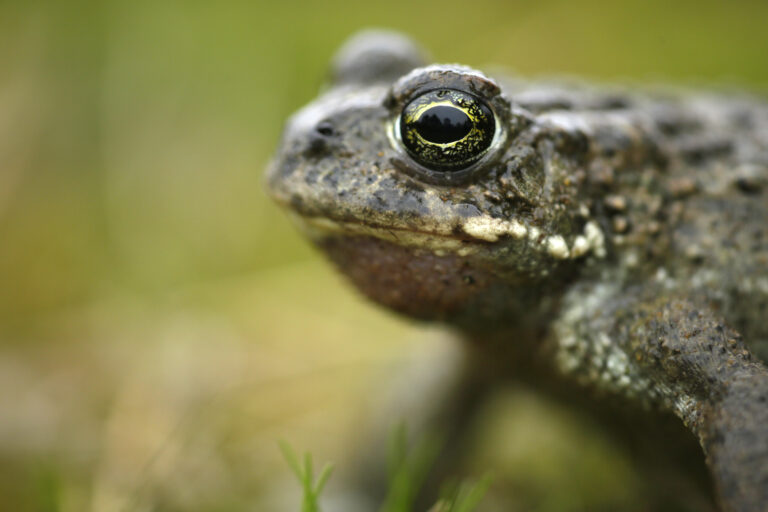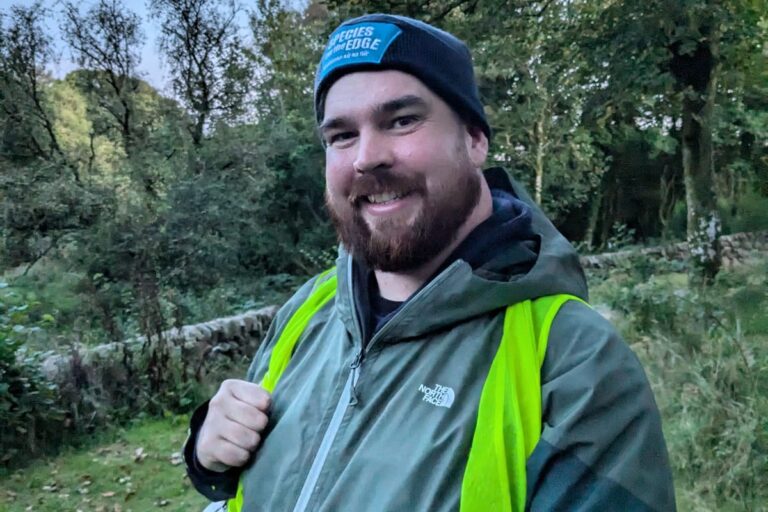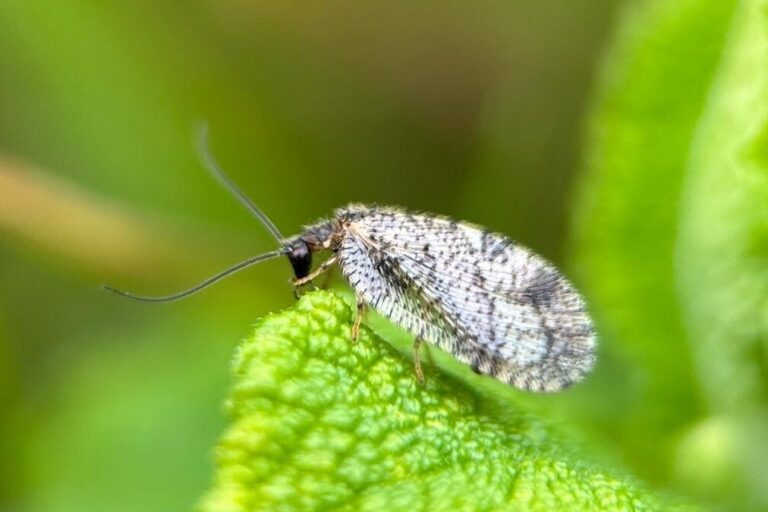
While the Marsh Fritillary Butterfly was originally a Species on the Edge target species in our Argyll and Inner Hebrides area only, we are delighted to confirm that our Solway team will now also be taking on the task of supporting this rare butterfly, after a new population was discovered near Gretna in 2024.
The Marsh Fritillary Butterfly was originally included as a Species on the Edge target species for the Argyll and Inner Hebrides project area. Here, the butterfly is widespread and well-connected, with possibly one of the largest populations in Europe. The species was included in the project because loss of suitable habitat can make the surviving populations more fragmented and thus more isolated and vulnerable to extinction.
In an exciting development, the butterfly has now been added to the Solway project area in Dumfries and Galloway. Last year, a staff member from the South West Scotland Environmental Information Centre (SWSEIC), the local environmental record’s centre, discovered a small population of these butterflies existing at a couple of sites near Gretna. It was unclear exactly where these butterflies came from, or how long they had been there, but one possibility is that they spread naturally from their nearest populations in Cumbria. Marsh Fritillary numbers can fluctuate tremendously and exist as very small meta-populations, so it may be that they have been there all along unnoticed.
The Marsh Fritillary Butterfly is a species of coastal grassland, moorland and damp grassland where its foodplant Devil’s-bit Scabious occurs. The Marsh Fritillaries in these newly discovered populations were known to have reproduced, as their conspicuous caterpillars were found late last summer. The caterpillars live communally within a conspicuous and protective silk web which they spin themselves at the base of Devil’s-bit Scabious plants. They then overwinter as caterpillars.


Going into 2025, we were enthusiastic to see whether the caterpillars survived the winter. As reports of adult butterflies from elsewhere in the UK began in early May this year, Project Officer Jack headed to the sites. The butterflies didn’t take long to find! As soon as the sun came out, Jack started seeing beautifully fresh adults on the wing. The butterflies were flying with gusto, pursuing each-other in fluttering aerial displays.
The butterflies have been found at two small sites so far, but there is every chance that there may be more small populations in the wider area. Species on the Edge staff and local volunteers will be searching for adults and larval webs, hoping to discover more about this population and protect the sites. Butterfly Conservation would welcome any sightings of Marsh Fritillary from Southwest Scotland. Please submit your sightings to dhill@butterfly-conservation.org.



